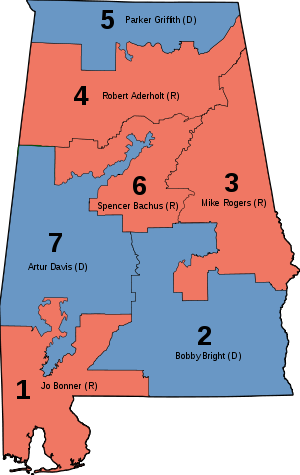A brand new Quinnipiac University poll (Sept. 9-15; 1,005 registered Virginia voters) shows Republican Attorney General Ken Cuccinelli closing the gap between he and Democratic nominee Terry McAuliffe in the state’s gubernatorial race. According to the Q-Poll results, McAuliffe tops Cuccinelli 44-41 percent, a spread now within the polling margin of error. Previous studies from Quinnipiac and a myriad of other pollsters were consistently projecting McAuliffe to be holding a five to seven-point lead during the past month.
Though the trend suggests the momentum may be shifting back to Cuccinelli after going McAuliffe’s way for a considerable period of time, there is a major point of concern for the Republican political forces. Despite Cuccinelli pulling to within three points on the ballot test, his ability to personally connect with voters is poor.
Cuccinelli’s favorability index is an alarming 34:51 percent favorable to unfavorable. McAuliffe’s rating is better, but not stellar. His score is an even 38:38 percent.
There is a two-fold explanation for the Republican’s severely upside down rating. Most acutely, the sampling universe does not believe that Cuccinelli understands their problems. By a margin of 35:56 percent, the respondents believe that the Republican nominee does not understand problems of “people like me.”
Additionally, almost an outright majority of the sample does not believe Cuccinelli is “honest and trustworthy.” In answer to this particular question, the ratio is 39:49 percent with the higher number representing those who do not agree that the attorney general is honest and trustworthy.
The answers to both of these questions highlight a very serious image problem that the Cuccinelli team will have to correct if their candidate is to remain competitive.
McAuliffe does not score particularly well on these questions either, but he is stronger than Cuccinelli. He, too, is upside-down in regard to whether people believe he understands their problems, but is closer to parity than Cuccinelli. By a margin of 40:44 percent, the respondents don’t believe McAuliffe understands their problems. The Democrat, too, sees a higher number of people viewing him as not being particularly honest and trustworthy, but again his rating is not as negative as his Republican opponent’s. McAuliffe’s tally on this question is 39:42 percent.
Continue reading >



